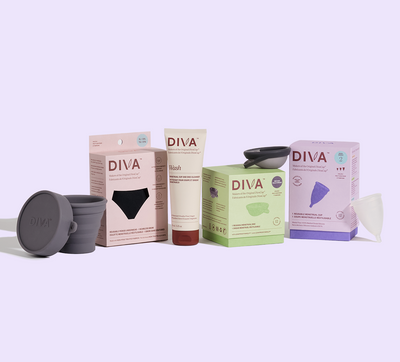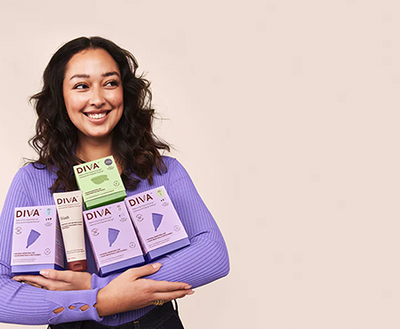

Did you know that heart disease is the number one killer of women in the United States, and it is responsible for 1 out of every 5 of those deaths? An estimated 60 million women in the US are currently affected by heart disease, which is about 44% of American women. Heart disease also does not discriminate against age.
So why aren’t we talking about it more?
Risk Factors for Women’s Heart Health
The list of risk factors for heart disease is long: high blood pressure, diabetes, stress, poor diet, lack of physical activity, as well as menstruation specific risks like early menarche or menopause, history of PCOS, high blood pressure during pregnancy, or gestational diabetes, can all play a part.More Black women in the US are diagnosed with heart disease than white. Hispanic women are twice as likely to have diabetes than white women. And Indigenous Americans also experience increased risk of diabetes. Our many racial and ethnic health disparities are putting minorities at an even greater risk.
Menstruation and Heart Health
Why is this maybe the first time you’re hearing about the ties between our menstrual health and heart health? As menstruation continues to often feel taboo, we’re putting menstruators worldwide at greater risk.Studies have shown that long or short menstrual cycles may be linked to an increased risk of cardiovascular disease (CVD). And this study points to a potential correlation between early or late menarche and increased risks of death caused by CVD or stroke. The reason behind this association is still unclear.
More understood however, are the links between anemia and high levels of estrogen. Heavy menstrual bleeding can lead to iron-deficiency anemia, which can increase your risks of heart problems.
Estrogen also plays a pivotal role. It has both protective effects, as well as ways that it can increase our risk. For example, although previously a heart protective hormone, when pregnant, the increasing levels of estrogen can make this a high-risk time for menstruators.
Another instance includes pre-menopausal diabetes. Diabetes increases your risk of heart disease and stroke by cancelling out the protective effects of estrogen.
Hormone replacement therapy (HRT) and some forms of high-dose estrogen contraceptives can increase risks of high blood pressure and clots, increasing the risk of stroke.
The best way to manage our menstrual/heart health connection is to manage our overall health, while getting support to manage any menstrual disorders or irregularities.
How To Reduce the Risk
So, how do we live heart healthy as menstruators?The first step is to stay on top of your health with regular checkups with your primary healthcare provider. Then, keep an eye on things like weight, nutrition, and level of physical activity to ward off high blood pressure, high cholesterol, and diabetes. Quit smoking and limit your alcohol consumption. And make yourself aware of any genetic risk factors like age, menstrual or family history that can increase your risk of developing heart disease.
When it comes to weight, it’s best to focus on a whole foods diet, avoid processed or fast foods and introduce some heart healthy foods.
Which foods are good for heart health? Maybe you’ve heard about essential fatty acids, or omega-3 fatty acids. Omega-3s can be found in foods like fish, flaxseed, hemp seeds, walnuts, and chia. These are heart healthy fats.
For long-term heart health, it’s also important to engage in regular physical activity. This means moderate to vigorous intensity for 10 minutes or more for at least 150 minutes (about 2 and a half hours) a week. This can be movement of any form if it gets your heart rate up and is completed several days a week.
Making changes doesn’t always have to be challenging, but the idea is always to build up from where you’re currently at. Exercise provides feel-good endorphins and increases energy, so starting with a little bit and slowly increasing can go a long way.
We can’t always control our genetics or family history, but there are many things we can do to improve our health in small incremental ways. Now that you’re aware of the connections between menstrual health and heart health, follow the above steps to take control and increase awareness.
Disclaimer: The content of this blog is based on research and information available at the time of writing. If you have questions or concerns, please contact your healthcare provider.
















